An Irish Dracula.
What do I mean by an Irish Dracula? Well, we're coming up on the feast of Samhain here in Ireland - also known as Halloween! It's a time when the space between light and dark gets blurred, the fires go on and stories come out to delight, entertain and frighten children of all ages! One of the most enduring myths has built up around Bram Stoker's Dracula....
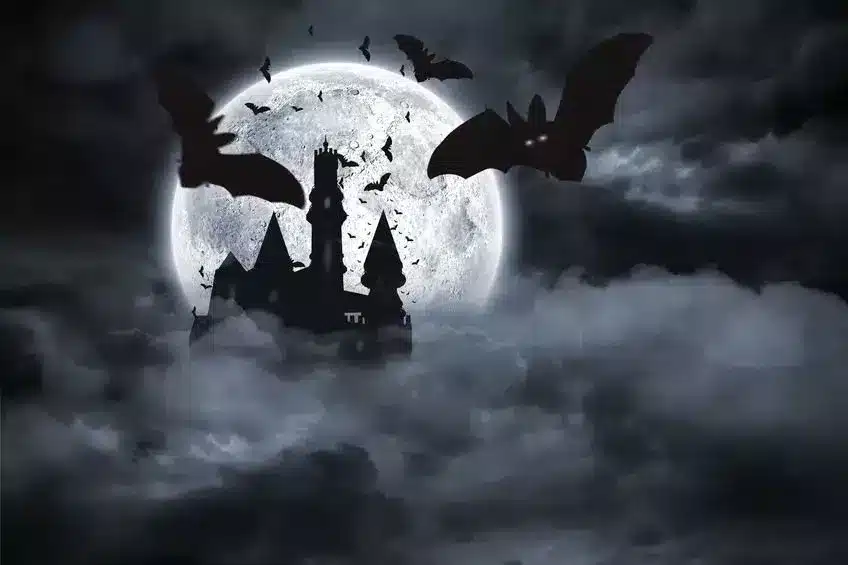
The clocks went back here in Ireland last night – so we are now officially heading into the winter months. Next week sees the Celtic festival of Samhain (pronounced Sow-en – Sow as in pig) – more commonly called Halloween these days. Where’s the year going?
It’s still good and settled at the moment – sunny and mild – long may it last. How are things in your part of the world today?
More Than One Irish Famine.
One of our good friends of the letter, Des Dineen, was researching the reason why one of his ancestors might have left Ireland so late in the 19th century. He says:
“My historian friend in Ardboe, sent information on about another famine that occurred a further 30 years on from the “Great Famine/Hunger”. I’m specifically thinking of a famine which struck Ardboe in the winter of 1879-80. Until a few weeks ago I had not even been aware of such an event – I came across it in the course of my research on another subject, and I was astounded by what I read. Have you ever heard of this second “Famine”?”
Well, Des, it’s an unfortunate fact that a bad harvest could cause extreme hardship in 19th century Ireland. During that century, there were a number of countrywide potato crop failures, and a number of localised failures. For example, in 1830 and 1831, the crop failed for two successive years in Counties Mayo, Sligo and Donegal. The following year, 1832, saw a Cholera epidemic sweep across Ireland and much of Britain. Things were relentlessly tough through the century for many of our ancestors, both before and after the Great Famine of the 1840s.
A First-Hand View of Famine and Epidemic.
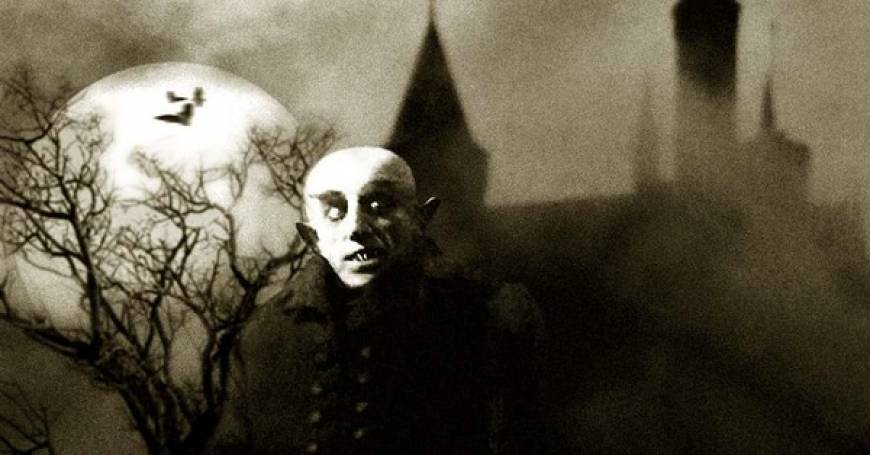
Charlotte came from two of the most illustrious families of Ireland – the Blakes of Galway (one of the Tribes of Galway), and the O’Donnells of Tirconnell. She later married and left Sligo for Dublin, and it is said that she was always a prodigious story-teller – remembering many of the folk tales that had been passed down through her Irish families.
Her third child remained sick for an extended period of time, and he later recalled how she would pass on many of these stories to keep them entertained on the long days spent together. This son went on to write one of the most widely-read books in the world. His name was Abraham – “Bram” – Stoker, and he was the writer who provided us with Dracula. Have you ever read the original book? I do remember staying up late to watch an old Dracula movie as a youngster – eventually ending up watching from behind the sofa, one hand over my eyes. It took less to scare us back in those days!
It’s thought that Charlotte filled Bram’s head with old Irish stories, and her first-hand accounts of the horrors she witnessed during the Sligo cholera epidemic. She also told him of myths such as the blood-drinking dwarf of Ulster called the “Leacht Abhartach (evil dwarf), whom was killed and buried, but kept on coming back to life. In the end, it was only a sword made of Yew wood that killed him for good.
An Irish Dracula?
Or maybe she told young Bram of the “fear an drach fhola”, meaning “man of bad blood”. Interesting that he last two words “drach fhola” are pronounced “Drawk-ola”.
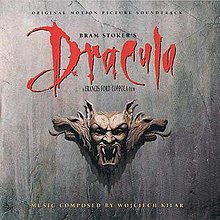
It was a gothic horror novel informed by the stories and first hand accounts of famine and epidemic by his west of Ireland mother, Charlotte Blake Thornley.
So, how do you celebrate Samhain/Halloween in your part of the world? Will any of your children, or grandchildren, go trick-or-treating dressed up as Dracula? Do feel free to leave a comment below and let me know.
Wishing you and all you family a very happy Samhain/Halloween – and may you feel a little closer to your ancestors over the time!
Slán for this week,
Mike and Carina.

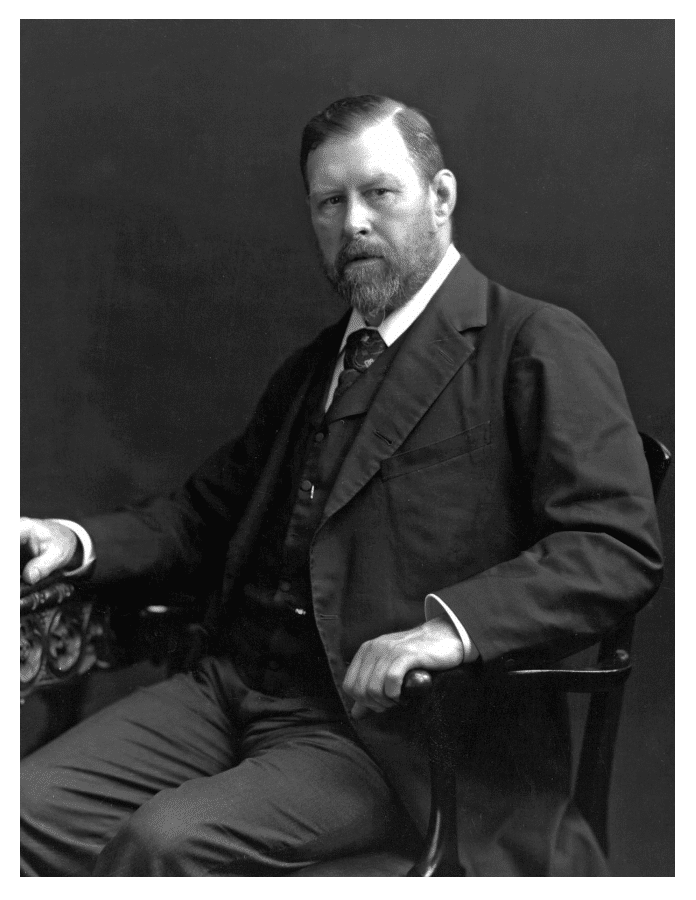
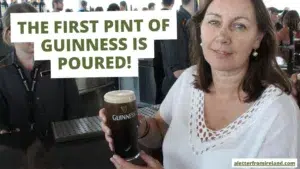
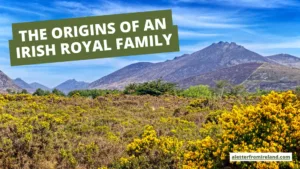
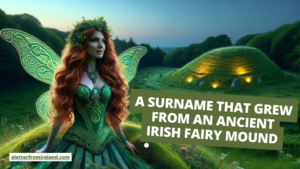
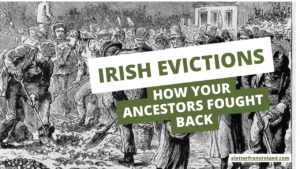
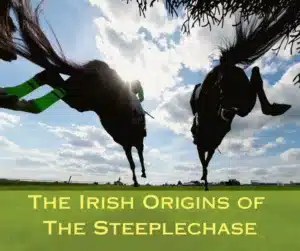
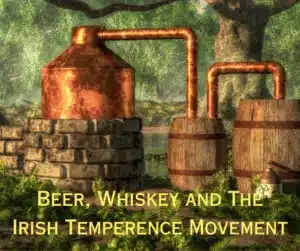
Only Plus Members can comment - Join Now
If you already have an account sign in here.